
Tombstone

Opdycke's Tigers by Don Troliani
A result of reacting to Sherman's "March to the Sea," rather than chase Northern troops moving south, Southern Lt. General John Bell Hood (a West Point graduate of the Class of 1853 who rises through the Confederate ranks, from brigade and division commander, to the general in charge of an army ... in 1864 he has a crippled left arm compliments of the second day of the Battle of Gettysburg, and is missing his right leg due to a wounding at the Battle of Chickamauga) goes north, seeking battle with the troops Sherman has left in the Nashville region, the XXIII Corps of the Army of the Ohio commanded by Major General John Schofield (Hood's classmate at West Point). It is a plan fraught with dangers ... Hood's command consists of only 39,000 men, while Schofield can count on almost 60,000 soldiers between his men and those belonging to Major General George Thomas.
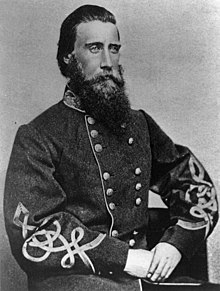

Hood & Schofield
Looking for an opportunity to best Schofield's command before it can be joined by Thomas, in November of 1864, Hood marches north from Florence, Alabama and finds exactly the conditions he is seeking ... he can destroy Schofield's force if he can keep it from crossing the Duck River at the town of Columbia, or the nearby Harpeth River outside of Spring Hill. Marching and fighting hard, both times the forces of Schofield are able to barely scramble to safety, a situation that incenses Hood, who believes both escapes are the results of his senior officers not following their orders. He will make sure his orders are followed exactly on the 30th ... to the detriment of the entire Confederacy.
The Battle of Spring Hill
In the town of Franklin, Schofield sets up a formidable defensive line, while other members of his engineering department hustle to repair the damaged bridges that can get the northern army across the Harpeth River and into the fortifications of Nashville. To attack the center of the northern line, Confederate troops will have to negotiate a four-foot wide and three-foot deep ditch, a wall of earthworks and wooden rails four feet above normal ground level, and a four-foot deep trench full of soldiers firing from "head gaps" in a wall of logs, and in another section of the line, Osage-orange shrubs that form an almost impenetrable abatis ... and to get there, the men must cross two miles of open ground. Arriving at 1:00 in the afternoon, Hood ignores the strength of the defensive positions right before his eyes, and orders a frontal assault on Schofield's positions for 4:34 in the dwindling light of the day's late afternoon.
The Battle of Franklin by Dan Troliana
One of the best fighters to ever serve in the Confederate Army, Hood sadly, is not one of the service's best tacticians, and determination and fearlessness are not enough to counter Schofield having more men, better weapons (many of the Northerners are carrying Spencer and Henry repeating rifles), and well prepared defensive positions. An abattoir by evening's dark, the battle becomes a series of frontal assaults that butcher the soldiers of the Army of Tennessee and its command structure. Once, twice, again, and again ... seven times, on Hood's orders, the Confederate force charges the Union positions and is stopped ... stopped to the tune of suffering 6,252 casualties (Schofield's force will endure 2,326 casualties) in the clash ... 1,750 killed, and the force loses fourteen Southern generals (six killed, seven wounded, and one captured, including the death of the Army's best leader, Major General Patrick Cleburne, the "Stonewall of the West") and 55 regimental commanders. Though it will take until December for the destruction of the army at the Battle of Nashville, the Army of Tennessee's losses at the Battle of Franklin effectively end its abilities to serve as a fighting force to the Southern cause ... as Pulitzer prize winning historian James M. McPherson will write in Battle Cry of Freedom, "Having proved even to Hood's satisfaction that they could assault breastworks, the Army of Tennessee had shattered itself beyond the possibility of ever doing it again."
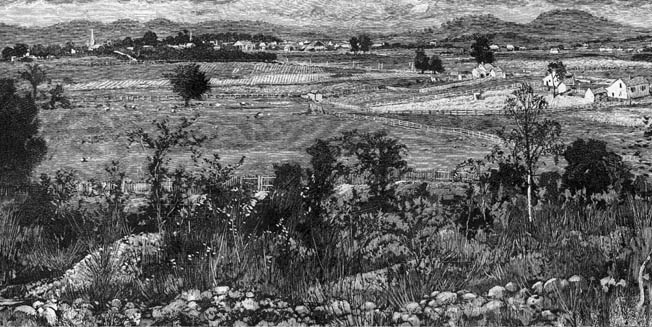
View North From Hood's Hedqyarters
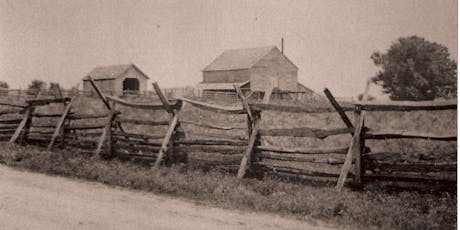
Battleground

The Battle of Franklin - The Carter House
Significant moments of the clash include Union Colonel Emerson Opdycke, unordered, moving his reserve command into a hole in the center of the Northern line, the barbarous hand-to-hand fighting with bayonets, rifle butts, entrenching tools, axes, picks, and fists that takes place over possession of the Carter House, Cleburne being shot off his horse, but advancing anyway on foot with his sword upraised until he is shot to death, Confederate Major General William W. Loring trying to inspire his men by sitting on his horse at a dead stop, totally exposed to Northern gunners, for over a full minute (and he survives), Southern Brigadier General John Adams being gunned down riding his horse on to the Northern breastworks while attempting to seize the battle flag of the 65th Illinois Infantry, the Union cavalry of Brigadier General James Wilson's defeating a force of Brigadier General Nathan Bedford Forrest's horsemen (the first time a smaller force than Forrest's command had accomplished such a feat), and the successful retreat by Schofield's command over the Harpeth River that begins that night at 11:00 pm (the men will begin entering the fortifications of Nashville at noon the next day).
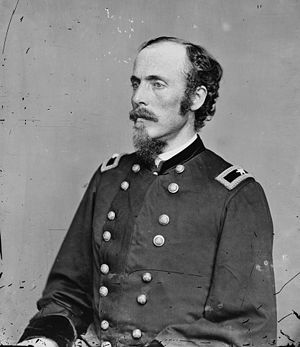
Opdycke

Cleburne

Loring
Almost over, the Army of Tennessee suffers a massive defeat at the Battle of Franklin ... 11/30/1864 ... a clash that results in 8,578 American casualties.
Bloodbath
After
And a sadness on top of all the casualties that took place on this day is this little bit of tragic trivia ... at the spot where Major General Patrick Cleburne fought his way forward and was killed (his last known words are to Brigadier General Daniel C. Govan, "Well, Govan, if we are to die, let us die like men!") trying to break through the Union line, there now proudly stands a Pizza Hut restaurant ... MERCY!!!!!!!!!!!!!!!!!!!!!!!!

Bullet Damaged Wall - Franklin, Tennesse

Cleburne's Death Coat
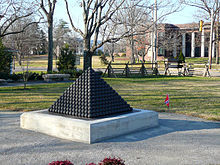
Cleburne Memorial - Franklin, Tennessee
Remembrance - Carnton Plantation

Confederate Memorial, Franklin, Tennessee

Adj. Robert Hurt - 55th Tennessee -
Killed at Franklin, Tennessee - 11/30/1864
Talk about senseless.
ReplyDelete